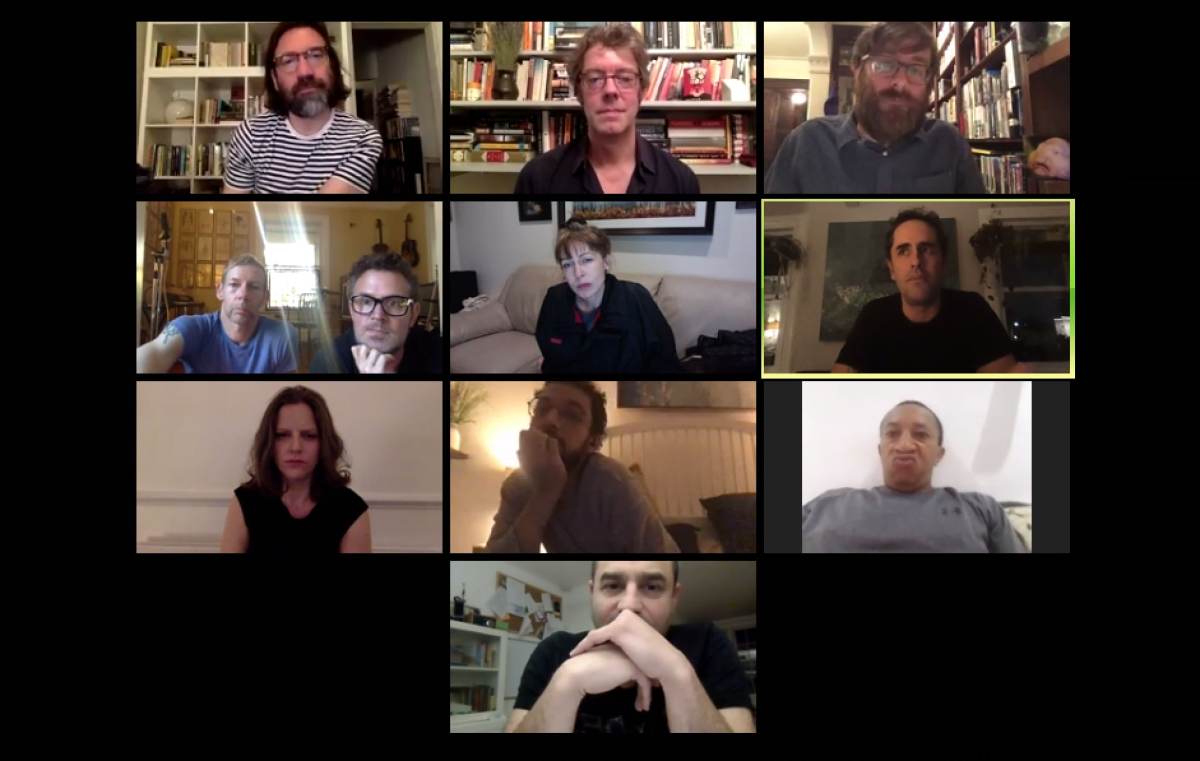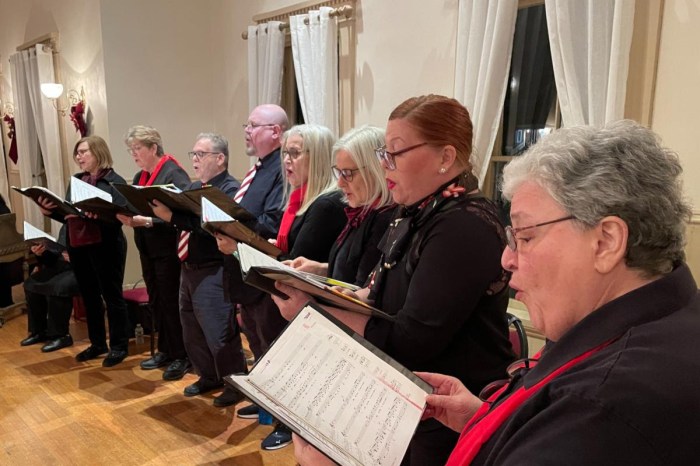BY TAMMY SCILEPPI
As the COVID-19 pandemic wreaks havoc across the globe and disrupts people’s lives, the world is experiencing an undeniable feeling of connectedness despite social distancing. And here in Gotham, communities are banding together like never before.
Undaunted by challenging limitations, thousands of creatives and makers in Queens and beyond are still pursuing their passions.
In response to the cancellation of film festivals worldwide and the disruption of frustrated filmmakers’ works, a timely and thought-provoking documentary has been reimagined.
“ROOM H.264: Quarantine, April 2020,” which was recently filmed and edited over the course of two weeks, is making waves on Vimeo. Behind this unique project are three award-winning NYC filmmakers — plus many other film creatives — who are collectively sharing their powerful message with viewers.
The latest iteration of this ongoing doc series captures international filmmakers responding to this strange moment in time. “ROOM H.264” made its online debut on April 19, and will remain online until Sunday, May 3, at vimeo.com/showcase/roomh264.
Three visionaries were behind this dynamic endeavor: Eric Hynes, a Brooklyn-based writer/critic and curator of film at the Museum of the Moving Image (MoMI); Jeff Reichert, an Academy Award-winning, Brooklyn-based filmmaker; and Damon Smith, an award-winning, Queens-based filmmaker/story consultant.
Shot via Skype, “ROOM H.264” features those whose work was slated to screen at festivals like SXSW, CPH:DOX, Tribeca, First Look and others. The documentary depicts diverse filmmakers, each sheltering in their own spaces in locations across North America, Europe, Africa and elsewhere, responding to a still-relevant question first posed by Wim Wenders in “Room 666,” his classic 1982 doc experiment: “Is cinema becoming a dead language — an art form which is already in decline?” Wenders had invited filmmakers attending the Cannes Film Festival into a hotel room for 10 minutes to get their responses.
The resulting film has been described as “a poetic, melancholy ode to cinema and creation in a moment when both have been drastically affected by the ongoing pandemic.”
“We’ve found that the time and place of each iteration strongly influenced responses, and considering the uncertain place we all find ourselves in — in terms of both our lives and livelihoods — we felt that now was an interesting time to try another approach, adjusted to accommodate the new variable of our being sequestered in separate locations,” said the filmmakers.
Several international film creatives — including some who were slated to premiere their works at MoMI’s 2020 First Look Festival, before the museum closed amid the pandemic — took part in the project.
First Look is the museum’s annual fest of new, innovative international cinema. Currently, MoMI is continuing to present several First Look films and related new work online, under the umbrella “First Look 2020 Online.”
Hynes, Reichert and Smith have been revisiting the concept and spirit of Wenders’s project since 2016, with the participation of filmmakers such as Kirsten Johnson, Robert Greene, Bing Liu, Julia Reichert, Brett Story, Feras Fayyad, Ashley Connor, Nanfu Wang and many others. To date, 70-plus contemporary filmmakers have participated in the “ROOM H.264” project.
The first and second phases — described as “the curious, exploratory initial experiment,” “ROOM H.264: Brooklyn, NY, 2016,” and “the more abstract, cerebral” “ROOM H.264: Astoria, NY, January 2018” — premiered at First Look 2018. “The freewheeling third iteration,” “ROOM H.264: Columbia, MO, March 2019,” premiered at last year’s True/False Film Fest. “ROOM H.264” was also a gallery installation at MoMI in 2019. For dates, times, and locations for streaming, visit MoMI’s website.
QNS asked the documentary’s creators what the future holds for independent filmmakers and the entertainment industry here in New York City and elsewhere, and about cinema’s fate going forward.
“A lot of this remains to be seen and this city has seen different boom and bust cycles in terms of local production. As we slip into a global economic downturn, the situation for filmmakers will certainly be tough but things don’t necessarily need to be calamitous,” Reichert said. “Think of all those great independent films made in the ruined East Village or Lower East Side in the 80s. A lot of worthwhile creative output may come from this.”
Smith said it is difficult to predict the future.
“No one is good at predicting futures, especially not people who claim some expertise in doing so. Nevertheless, independent filmmakers are tough and resilient and the entertainment industry is always in flux, so while productions might halt or stall in the short term, they won’t cease entirely,” he said. “I’m betting the current crisis will inspire a new wave of both personal, intimate quarantine-era storytelling and more critical systemic-thinking from the nonfiction creative class, given how broken so many of our response systems are and how many inequities it is exposing.”
Both Smith and Reichert believe that cinema is becoming a dead language — an art form which is already in decline.
“Definitely,” Smith said. “And the more it declines, the better it gets.”
“Here’s hoping,” Reichert added. “I jest somewhat here, but there have been distressing trends of industrialization and consolidation in our industry of late that have seeped into the work in deleterious ways. If a pandemic helps shake things loose and keeps the art form exciting, that would be the best outcome.”




































